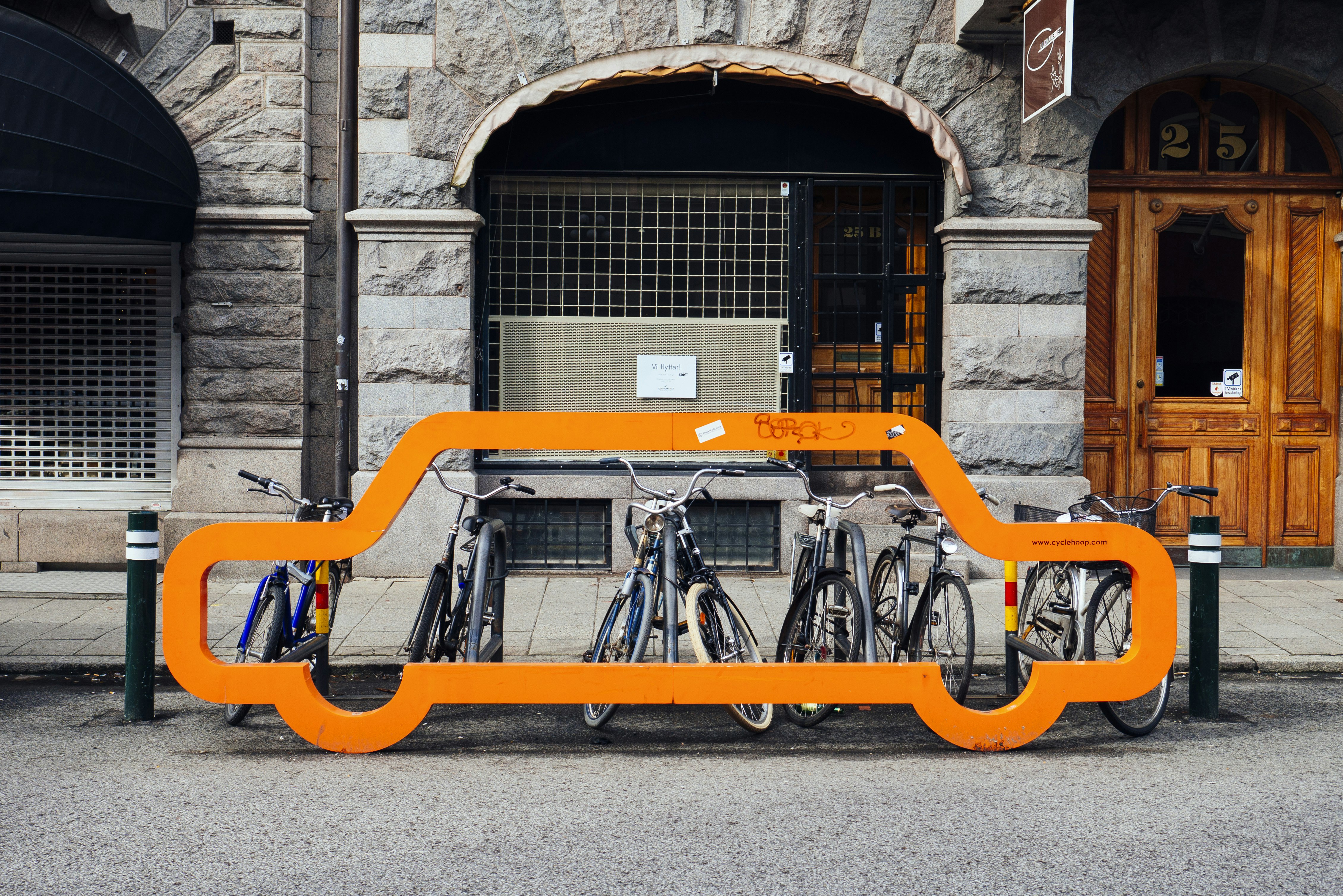Bicycles are an amazingly fast way to get around cities and countries, as a cyclist I often roll past cars idling in bumper to bumper traffic. The cars (and their single occupants) aren’t getting anywhere anytime soon yet drivers as a group demand more and more infrastructure when really they should learn to share.
In the Globe and Mail, it’s argued that drivers shouldn’t be so selfish and support things like public transit, bike lanes, and other initiatives that actually help people get around. The car as an individual transportation solution needs to go away.
The truth is there’s no immediate solution to traffic congestion. We can wait for trillion-dollar infrastructure projects to get completed. We can wait for a new subway line or bike lane. We can wait for autonomous cars to make better use of the available road space. But until then, we’re going to have to learn to better share the space we’ve got.
Roads are for moving cars as quickly as possible. Pedestrians are a danger and cyclists are barely tolerated. But what if, as drivers, we changed the way we thought about roads? If they’re public space – a quarter of Toronto’s total area – then shouldn’t they be for moving as many people as fast as possible? Sometimes that will mean prioritizing automobiles. Sometimes that will mean giving up a lane to cyclists. Sometimes that will mean giving up a lane to buses.

